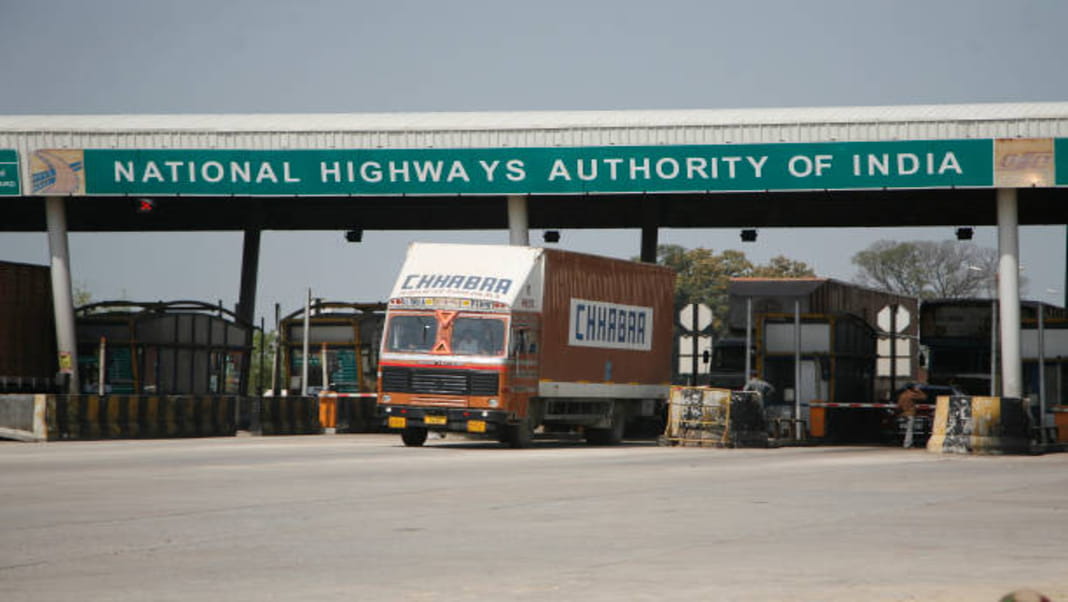New Delhi, June 13: The National Highways Authority of India (NHAI) invited expressions of interest from global innovators to develop a GNSS-based electronic toll collection system, as announced by the Ministry of Road Transport and Highways. This initiative aims to integrate the GNSS system within the existing FASTag framework through a hybrid model combining RFID and GNSS-based toll collection.
Key Differences: FASTag vs GNSS-Based System. FASTag Uses RFID technology, with a sticker applied to the vehicle’s windshield. Toll booths equipped with scanners detect the FASTag and automatically deduct the toll. Requires stopping at toll booths, leading to potential queues during peak hours.Payment requires pre-paid recharge on the linked account.

GNSS-Based System to utilize virtual toll booths communicating with satellites to track vehicles. Calculates tolls based on the distance travelled, eliminating the need for physical toll booths. Facilitates seamless travel without stopping. Offers payment flexibility with both prepaid and postpaid options.
The upcoming GNSS system will initially operate alongside FASTag, ensuring a smooth transition for users. While existing FASTag devices won’t need immediate replacement, GNSS-enabled devices may be required in the future.
Union Transport Minister Nitin Gadkari had recently announced that the new GNSS-based toll collection system will be implemented soon. This innovative system will mark the end of traditional toll booths, charging users based on the distance traversed, thereby revolutionizing travel on Indian highways.
Also Read: Pema Khandu Sworn in as Arunachal Pradesh Chief Minister for Third Term
Also Watch
Find latest news from every corner of Northeast India at hubnetwork.in, your online source for breaking news, video coverage.
Also, Follow us on-
Twitter-twitter.com/nemediahub
Youtube channel- www.youtube.com/@NortheastMediaHub2020
Instagram- www.instagram.com/ne_media_hub





